Wisconsin Prairie Enthuisists
Oak_Ridge
18 years ago
Related Stories
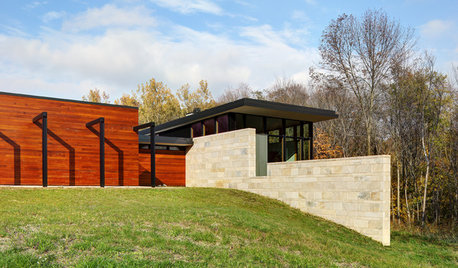
MODERN HOMESHouzz Tour: Fieldstone Divides and Connects a Wisconsin Home
Modern architecture looks right at home on its site, thanks in part to a bold north-south wall of local stone
Full Story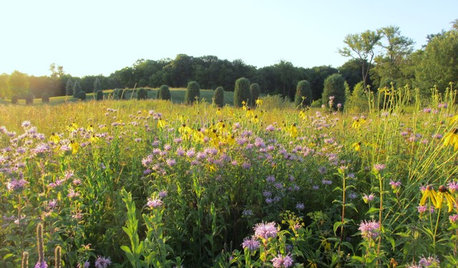
GARDENING GUIDESWhat Prairies Teach Us About Garden Design
Wild spaces offer lessons for home gardeners about plants, pollinators and the passage of time
Full Story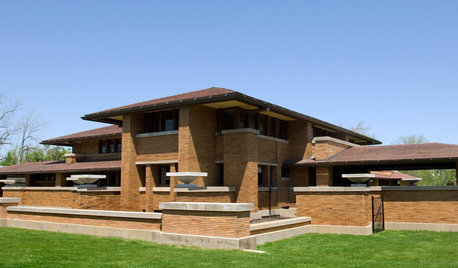
ARCHITECTURERoots of Style: Prairie Architecture Ushers In Modern Design
Twentieth-century Midwestern architects gave us broad-shouldered homes inspired by the landscape and modern times
Full Story
GARDENING GUIDES5 Prairie Wildflowers That Can Heal Your Soil
Get free, organic soil fertilizer with nitrogen-pumping plants that draw pollinators too
Full Story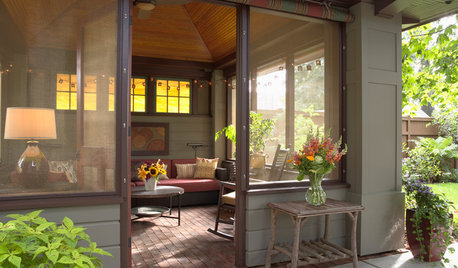
PORCH OF THE WEEKA Summer House With Prairie School Style
A free-standing screened-in pavilion provides a summer getaway in this couple’s Minnesota backyard
Full Story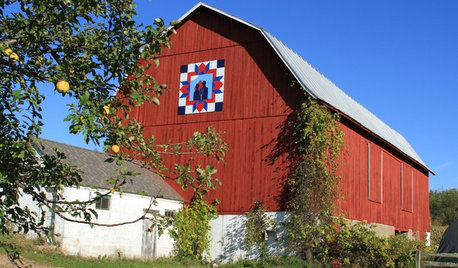
ARTBarn Quilts Piece Together a Community
One man with one beautiful idea transforms Wisconsin’s Shawano County
Full Story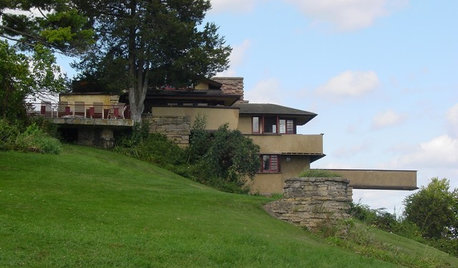
HISTORIC HOMESTaliesin Celebrates a Landmark Day
This Wisconsin studio and retreat built by Frank Lloyd Wright in 1911 was where he designed many of his architectural masterpieces
Full Story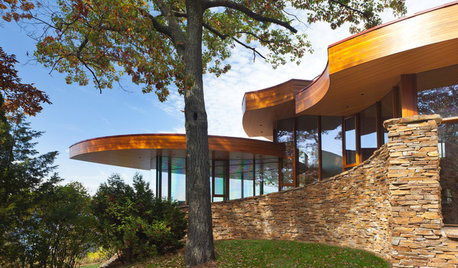
CONTEMPORARY HOMESHouzz Tour: Stunning Curved Architecture Rises Among the Trees
You can see the love of nature and organic shapes at first glance. Look more closely at this Wisconsin home and you’ll also see amazing flow
Full Story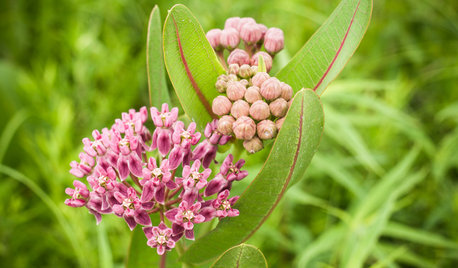
GARDENING GUIDESGreat Design Plant: Asclepias Sullivantii
Celebrate the pollinator community that flocks to this rare prairie native’s nectar and leaves
Full Story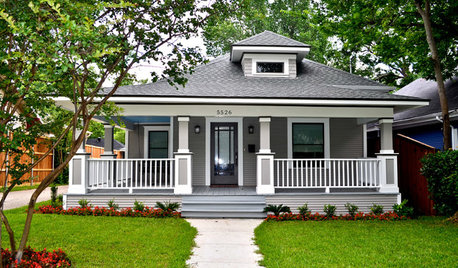
ROOTS OF STYLERoots of Style: The Birth of Modern Architecture
Learn how Prairie, Craftsman, art deco and other styles of the early 20th century came to influence architecture today
Full Story





periwinklez3b
northeastwisc
Related Professionals
West Milford Landscape Architects & Landscape Designers · Graham Landscape Architects & Landscape Designers · Hurricane Landscape Contractors · Leicester Landscape Contractors · Longmont Landscape Contractors · Mastic Beach Landscape Contractors · Painesville Landscape Contractors · South Lyon Landscape Contractors · Wells Landscape Contractors · West Chester Landscape Contractors · West Coon Rapids Landscape Contractors · Woodbury Landscape Contractors · Goulds Carpenters · Kissimmee Carpenters · Wrentham Carpenterselvis
Driftless Roots
northeastwisc
woodster
Oak_RidgeOriginal Author
lynxville
leftwood
Oak_RidgeOriginal Author
woodster
putzer
janetpetiole
led_zep_rules